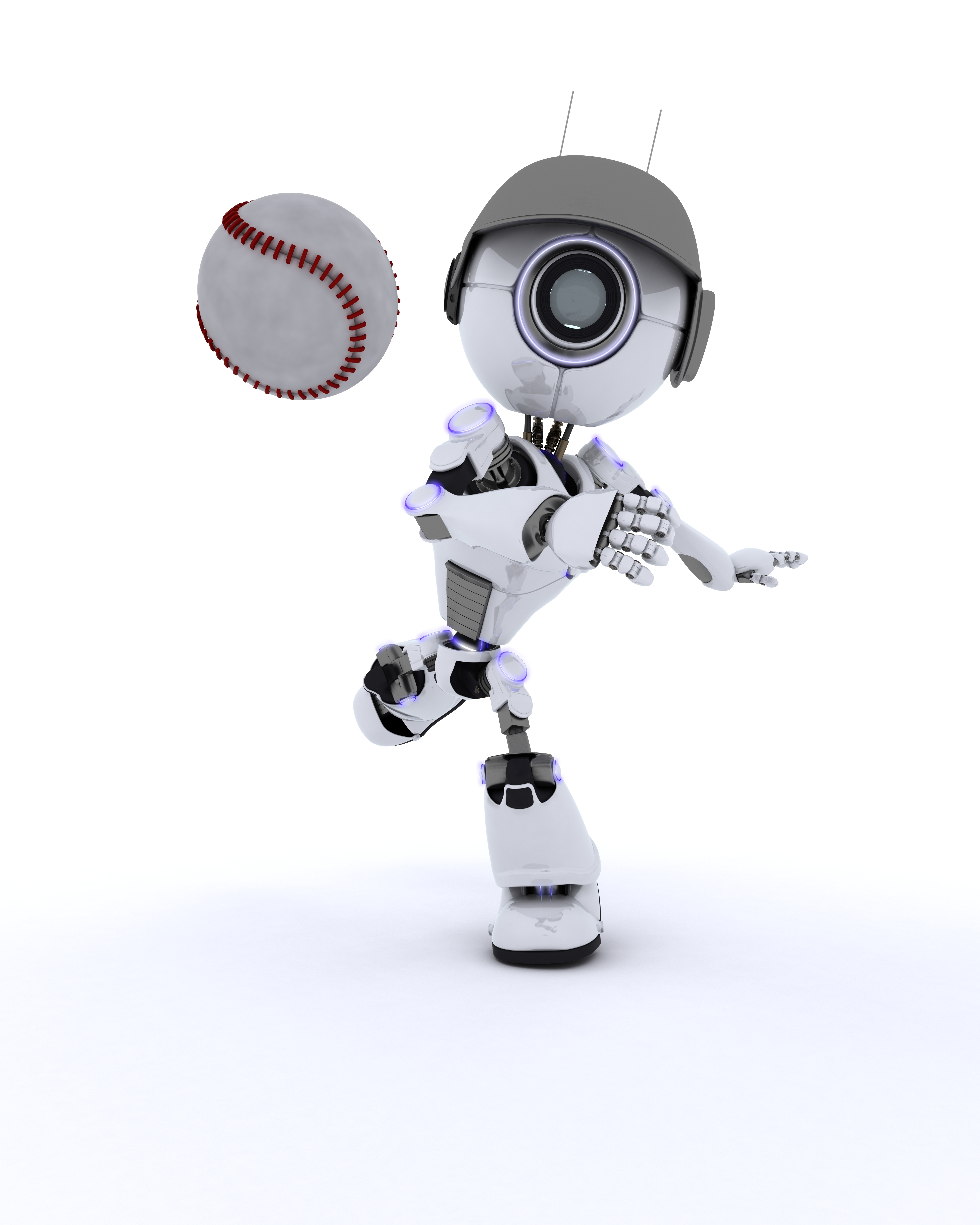
Posted July 04, 2023
By Ray Blanco
The Bots of Summer
Happy Independence Day!
Hopefully you’re able to take time today to celebrate with those closest to you.
With summer in full swing, what better topic to address in today’s Technology Profits Daily than…baseball.
It may surprise you but America’s pastime has also been engulfed by many of today’s tech revolutions.
The Mighty Casey
On June 17th, 1960 CBS premiered The Twilight Zone episode “The Mighty Casey”.
In this episode, the struggling Hoboken Zephyrs sign the imposing pitcher known only as “Casey”. Casey's pitches are unhittable, reaching speeds with his fastball previously considered impossible.
When Casey undergoes a physical, he ends up being banned by the league for not being human.
That’s right, Casey was a robot.
Fast forward 60 years and this episode turned out to be somewhat prescient. In the 1960’s, throwing over 100 miles per hour would be considered superhuman, but in the 2020’s it has become commonplace.
Since 2008, the average fastball velocity has increased from 91 mph to over 93 mph. But more shocking still is how many different pitchers are now able to regularly reach the long-revered “triple digits”.

It’s no longer unusual to see pitchers lighting up the radar gun with 100, 101, even 103 mile per hour pitches.
In fact, on May 23rd Minnesota Twins relief pitcher Jhoan Duran threw a pitch at an incredible 104.6 miles per hour. The fastest of 2023 so far.
So the Twilight Zone got the part about faster fastballs right, but none of these players are robots, right?
Well, of course not.
But modern technology is at the center of this shift towards increased velocity and effectiveness from pitchers.
Namely, biomechanical analysis.
No sport utilizes data and analytics as much as baseball. It’s a game that’s been played for a century and a half, with 162-game seasons, so there’s a lot of data to track.
That data has been used to analyze and maximize player performances. “Sabermetrics”, or the analysis of advanced baseball statistics, made it somewhat into the mainstream through the Michael Lewis book Moneyball, which was later adapted into an Oscar-nominated film.
However advanced analytics have come a long way since “moneyball” led the low-budget 2002 Oakland Athletics to a 103 win season. While analytics were used to find hidden value in “flawed” players in the early 2000’s, now they’re being used to take mediocre performers and get the absolute maximum out of their unique bodies.
Driveline Baseball has made a name for itself using a data-driven approach and advanced motion-capturing to finetune pitchers’ deliveries to get dramatically improved results. Major League pitchers commonly return from an offseason with Driveline throwing two to four miles per hour faster than they ever have before.
But in 2023, technology has taken yet another step forward.
You Knew It Was Coming…
Just like everything else, AI has found its way into baseball.
Major League Baseball has partnered with Uplift Labs, who use video captured from a simple cell phone camera along with AI-powered analysis to identify flaws in player mechanics, propose potential fixes, and even flag possible injury risks.
The founder of Uplift, Sukemasa Kabayama, boasts of his revolutionary new system…
“We have metrics on things like kinematic sequence, stride length, ball contact timing. At the same time, we also have this new kind of very early injury warning detection. Let’s say if you have too much of an arm flare, you know there may be potential overload on the elbow, which can unfortunately lead to Tommy John surgery.”
Tommy John surgery is an elbow repair procedure, most commonly for pitchers, that has an expected recovery time of 16 months. The need for it comes seemingly out of nowhere and can often derail a player’s career.
MLB is offering access to Uplift to all 30 teams for use at the draft combine, where college and high school amateurs can volunteer to have their pitching and hitting mechanics tracked.
There’s an obvious risk for young prospects to agree to Uplift analysis, as it could raise otherwise hidden red flags, and potentially label a player as an injury risk who has never actually had an injury history.
However, less hyped players could see their stock soar if AI-powered analysis identifies a mechanical adjustment that could tap into unseen potential.
It’ll certainly be interesting to see all of the ways this advanced technology will affect America’s pastime.
But first, how are those robot umpires coming along?

